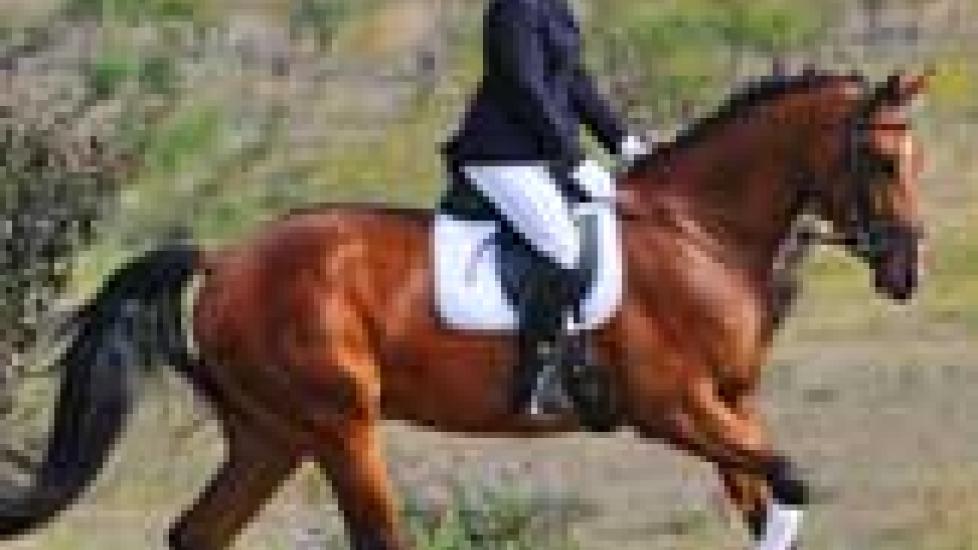Soring and the Gaited Horse
One unfortunate challenge pressing the horse industry in the U.S. is the act of soring show horses. This vile practice involves deliberately inflicting pain in a horse in order to exaggerate leg motion. This practice is almost exclusive to the gaited horse show community, where in the show ring the horse with the flashiest, high-stepping gait is usually the winner. The most common breed affected is the lovely Tennessee Walking horse.
Soring is accomplished by either chemical or mechanical means. Common chemical methods involve applying a caustic substance such as kerosene, mustard oil, or diesel fuel to the back of the horse’s pastern (the area between the hoof and the fetlock) and then wrapping the leg. This causes a painful yet discreet (meaning, not very visible to the eye) chemical burn. As the horse moves forward, this lower leg pain causes exaggerated movements that, in the show ring, are sadly visually appealing, although unnatural, and horribly unethical, not to mention inhumane.
Mechanical methods of soring include various inappropriate shoeing methods to exert pain in the hooves, as well as wrapping heavy chains around the top of the hoof, or applying tight metal bands around the hooves.
Soring is technically illegal. The Horse Protection Act of 1970 (HPA) makes it illegal to show or sell a sored horse, as well as transport a sored horse to or from a show or sale/auction. The USDA was granted the enforcing agent of the HPA.
The problem has been, and still is, the fact that the USDA simply cannot be everywhere to bust the individuals practicing this despicable act. In fact, the USDA is so sorely (no pun intended) understaffed, that even though the total estimated number of horse shows per year is around 700, between 2008 and 2011, the USDA only attended a total of 208 shows.
Although funding for the USDA to increase the number of show inspectors is unlikely to significantly rise, this year saw the introduction of H.R. 6388 in Congress. This bill’s function is “To amend the Horse Protection Act to designate additional unlawful acts under the Act, strengthen penalties for violation of the Act, improved Department of Agriculture enforcement of the Act, and for other purposes.”
Although a little vague and heavy on the legal-ese, I hope this bill does more than just add another paper trail to this story. Soring hit the mainstream headlines in 2012 due to the introduction of H.R. 6388 and the conviction of a high profile Tennessee Walking horse trainer named Jackie McConnell. Although McConnell faced 52 counts of transporting and showing sored horses, he pled guilty to a single charge of animal cruelty in a plea deal that gave him a $75,000 fine and three years probation. Most in the horse world were hoping for jail time.
Hopefully, if this new bill passes and is worth its salt, the harsher penalties promised in its text will come to fruition. Because even as high profile and career-ending as McConnell’s conviction was, to many horses and people, including me, the punishment does not fit the crime.

Dr. Anna O’Brien
Image: pirita / via Shutterstock
